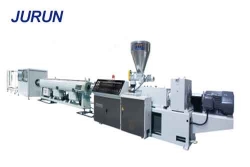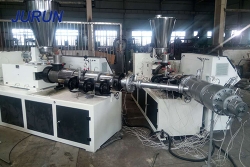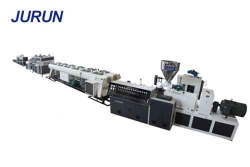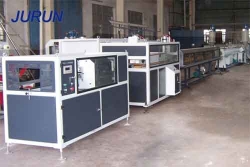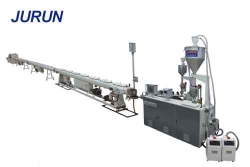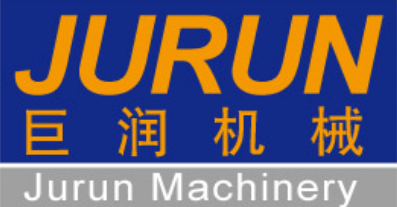Causes of surface roughness in PE pipe production line
1, first of all, to exclude moisture caused by rough. Only for PE new material.
2, PE pipe roughness occurs only in the surface of a thin layer of, but also a kind of melt fracture, but with the melt usually said the rupture, usually melt fracture is the whole melt occurred in unsteady flow, and the surface roughness only occurs on the surface of the tube is a thin layer of. Pipe roughness is formed at the die section. When the surface of PE pipe is smooth, the molecules on the surface of the melt must reach a certain degree of relaxation before the exit die.
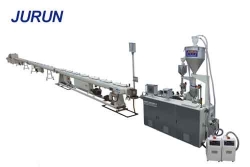
3, PE physical interpretation of pipe surface roughness (personal point of view):
A and roughness are caused by the friction between the melt and the surface of the mold and are independent of the surface roughness of the mold (without scratches). This friction is caused by the adhesion between the melt and the metal surface of the mold.
B and PE pipes need lubricant for surface finish.
Low viscosity HDPE can form lubricant on the mold surface as extrusion occurs. Because of the low viscosity polyethylene molecular chain entanglement is relatively less, with extrusion, in the mold surface, a part of the molecular chain will separate from the melt, "hanging" formed in the mold surface of the lubricant, lubrication is dynamic balance. For high viscosity polyethylene, because the entanglement between the molecular chains is very strong, the molecular chain is difficult to separate from the melt, so it can not be effectively lubricated, and the surface of the pipe will be very rough.
C, high viscosity polyethylene surface roughness.
A molecule is extracted from the surface of the melt as a test object. One end of the molecule adheres to the surface of the mold, and the other is entangled with the other molecules, so that both ends of the molecule have an action. Because of the great entanglement of the high viscosity polyethylene, the adhesion between the molecule and the die surface is sliding and the molecule is straightened". As soon as the melt exits the mold, the adhesion between the melt and the mold surface disappears and the entanglement between the molecule and the surrounding molecules remains. Because the molecule has been in tension before the export mode, export after model can not be timely export only to die bending, bending, bending die in export is the result of the formation of pits on the surface of the tube. High viscosity polyethylene can be smooth, with only additional lubricant added. Now the better way is to add solid lubricant (PTFE).
The friction between D and melt and die is also the reason for the accumulation of dies.



